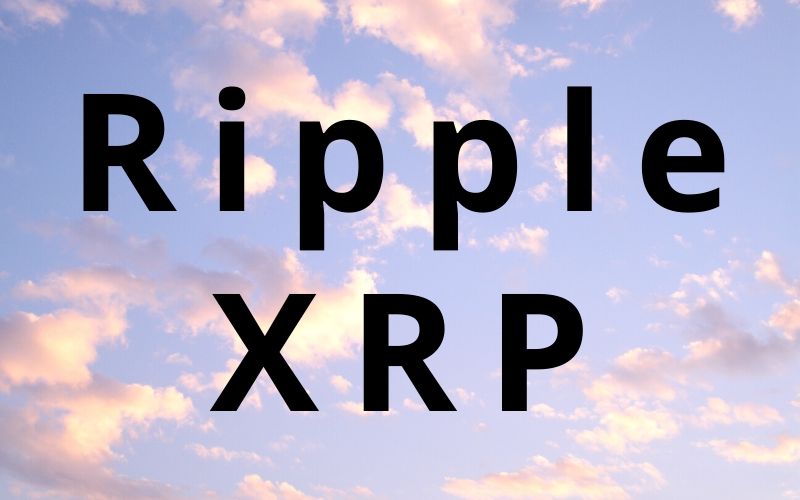According to a report from a financial think tank based in London, Ripple’s XRP remittance platform is capable of minimizing intermediaries and boosting the speed of international payments.
In a new report on the role of blockchain technology in banking, the Official Monetary and Financial Institutions Forum (OMFIF), an independent think tank for central banking, economic policy, and public investment highlights Ripple’s effort in positioning itself as the best alternative to the financial messaging service SWIFT.
Read Also: Brad Garlinghouse Reveals Vital Role XRP Could Play in the Digital Dollar Revolution
The report read in part as follows:
“By consolidating liquidity to service international payments from many, disjointed, international nostro accounts into one XRP pool, respondent banks allocate less total liquidity to service the same volume of global payments.
The bank only has to hold its domestic currency and maintain one account with XRP, with only enough XRP to service its largest expected payment obligation. The process minimizes the number of intermediaries and their markup on spreads.”
The report further stated that banks could leverage Ripple’s blockchain-based solution to avoid exchange rate and exorbitant transaction fees.
About Ripple’s XRP-Powered On-Demand Liquidity (ODL)
Ripple released its XRP-centered cross border settlement platform, now known as On-Demand Liquidity (ODL), back in October of 2018. The platform is designed to allow financial institutions to rely on Ripple to convert their fiat currency to XRP and send the digital asset to another country, where it is then converted back to fiat.
Ripple partner MoneyGram is the most high-profile user of the platform and currently moves 10% of its volume between the US and Mexico using the solution.
Read Also: I Lost $300,000 on Completely Worthless Digital Tokens –David Schwartz Reveals
SBI Holdings, the Japan-based financial services company, recently announced it will test XRP in the $6.6 trillion foreign exchange market to see if it can lower costs and reduce the risk of price fluctuations when one currency is traded for another.
